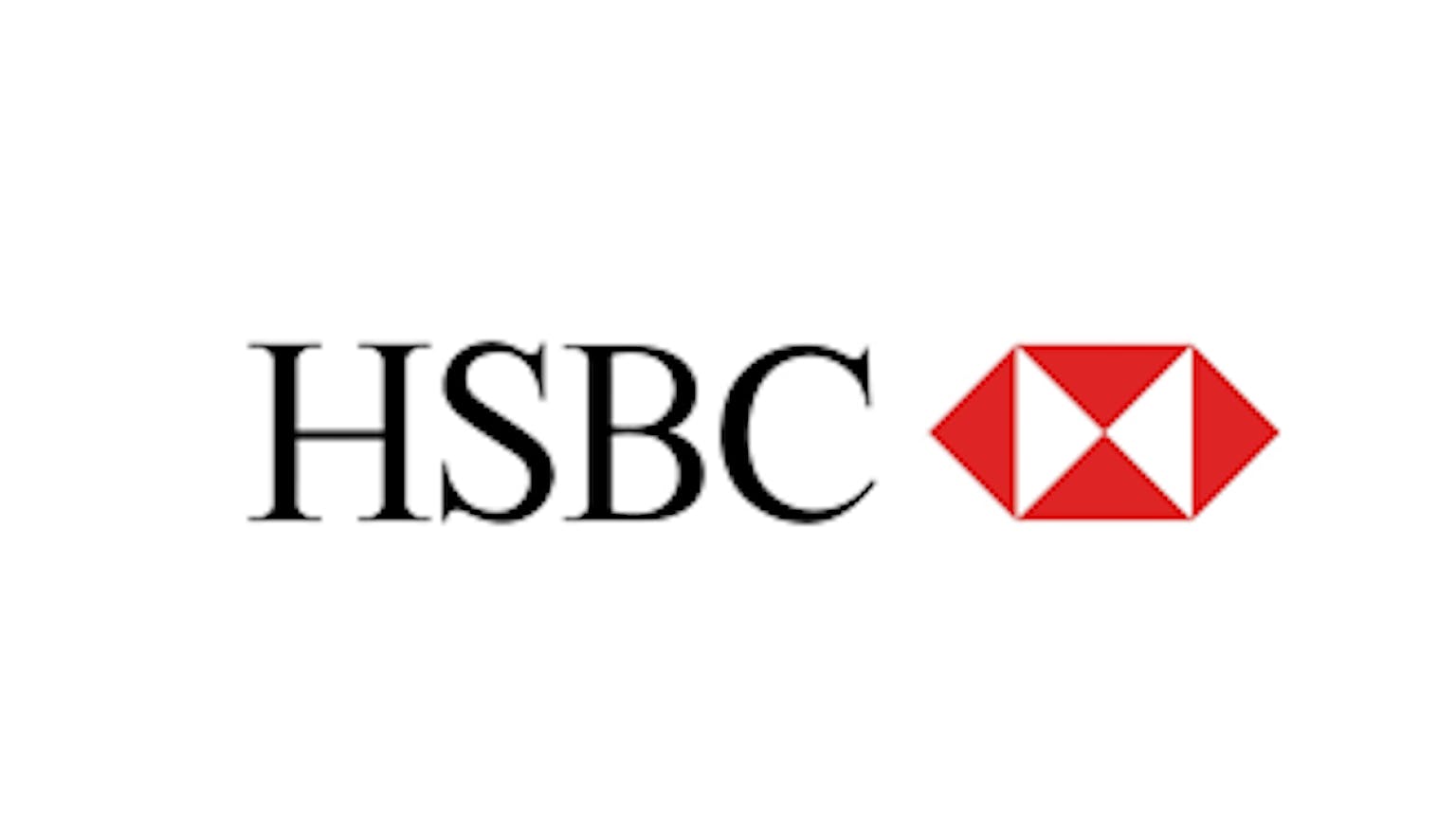Should I voluntarily file for bankruptcy or should I wat for a creditor to di it?
I found out that I can voluntarily file for bankruptcy if I incur a debt of S$15,000 or more and I can;t immediately pay for it but I've also discovered that creditors can also file me for bankruptcy as well. Would it be wiser to let my creditors file for my bankruptcy so I won;t have to go through the troube of filing one for myself or should I just voluntarily file for it myself?
















No Name
It would be better if you to self-declare bankruptcy yourself instead of waiting for creditors to sue you because the interesst on your debt might continue to increase while you are waiting. It doesn;t matter who files for bankruptcy because the cost of bankruptcy application deposit will likely be borne by you as the debtor.